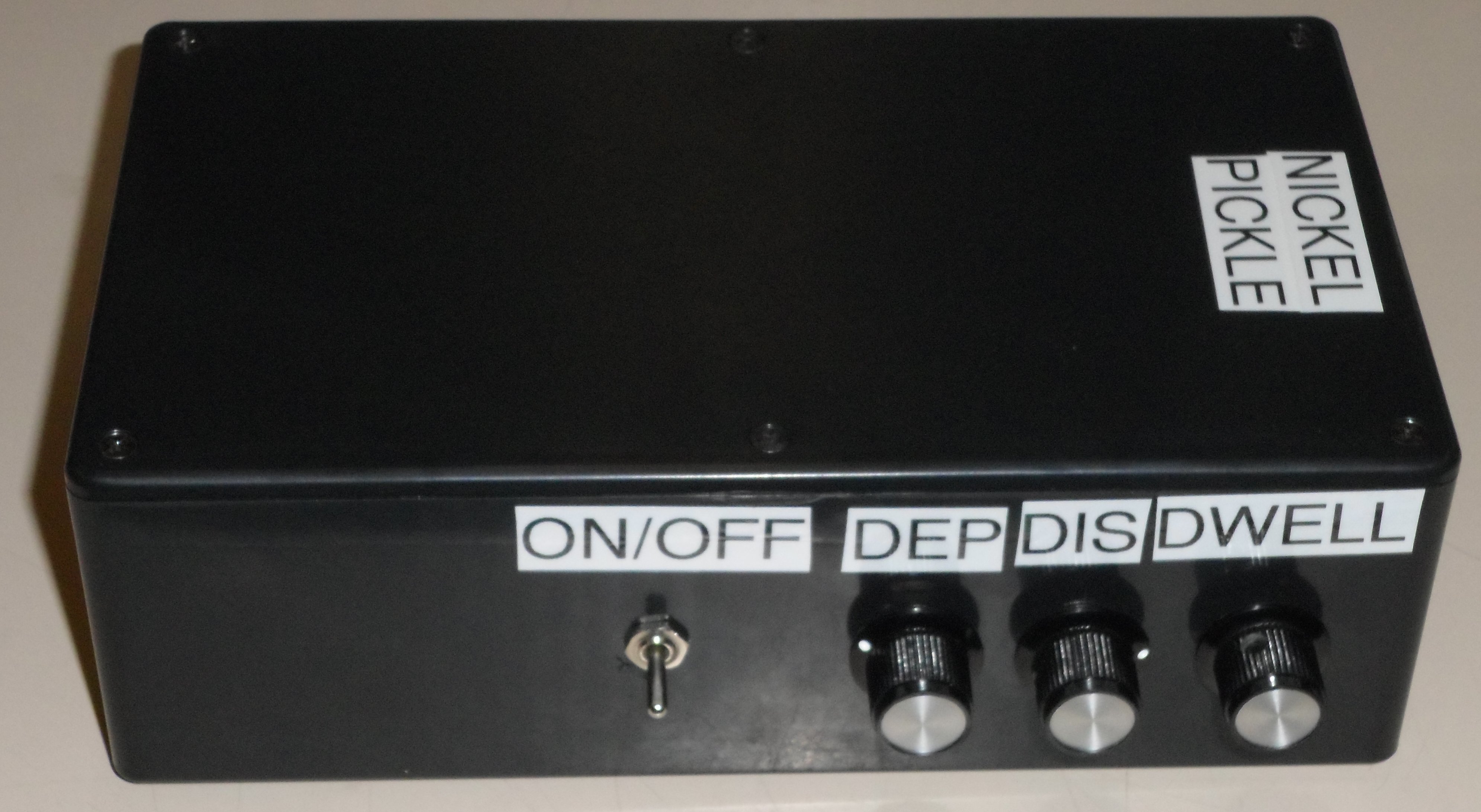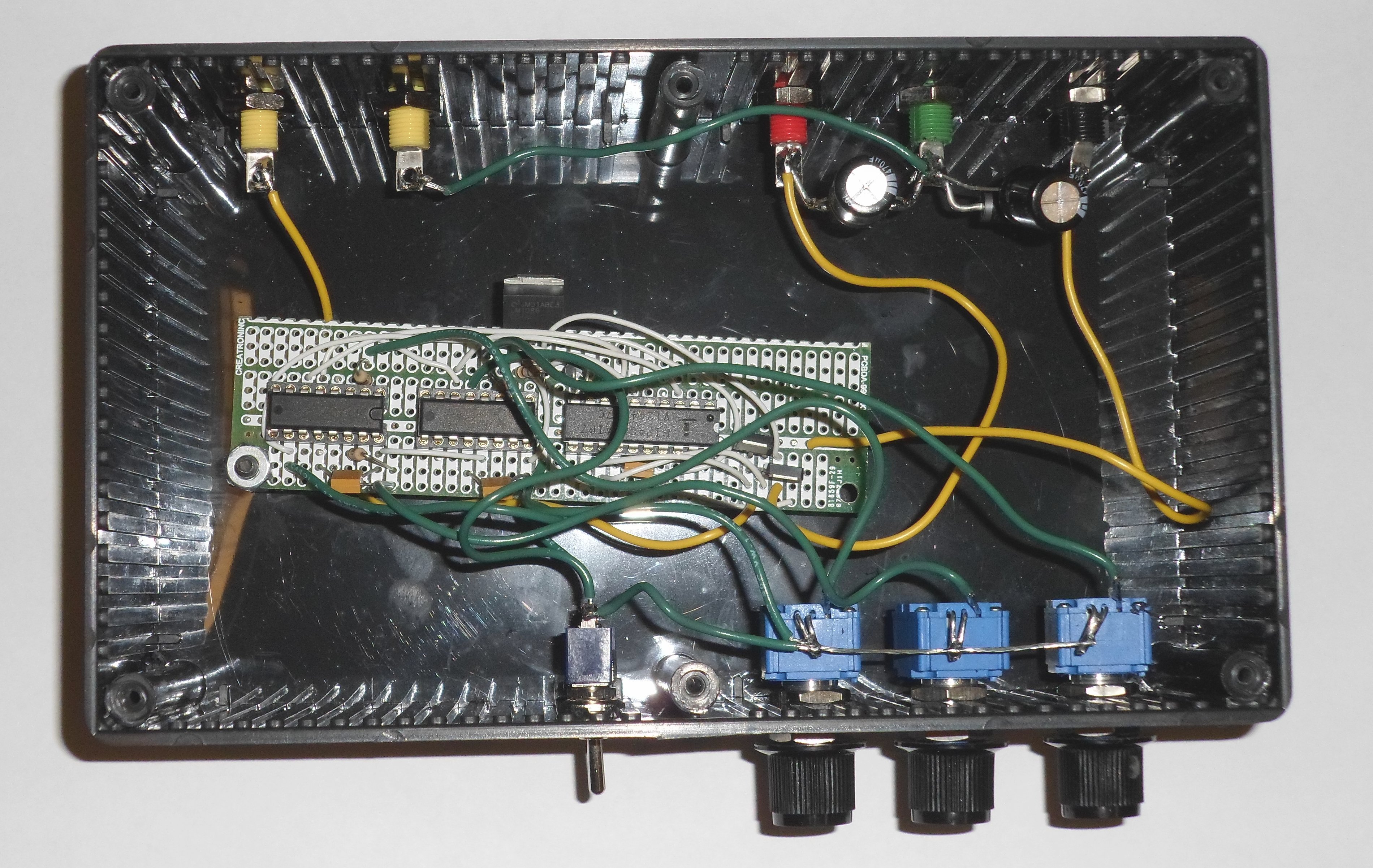

|
 Alan Stummer
Alan Stummer
Research Lab Technologist |
|

|
Nickel Pickle Depostion |

|
|
Downloads
|
I am curious who uses what. Are these webpages a waste of time, or are they any help to others? Are the circuits, software and utilities appearing in other labs? Please send your comments or suggestions or what you have used (or not) or schematics of your version or pictures or anything! Email me, or be creative and send a postcard! I want to hear from the vacuum! |
Links
|
|
NOTICE: This webpage and associated files are provided for reference only. This is not a kit site! It is a collection of my work here at the University of Toronto in the Physics department. If you are considering using any schematics, designs, or anything else from here then be warned that you had better know something of what you are about to do. No design is guaranteed in any way, including workable schematic, board layout, HDL code, embedded software, user software, component selection, documentation, webpages, or anything. All that said, if it says here it works then for me it worked. To make the project work may have involved undocumented additions, changes, deletions, tweaks, tunings, alterations, modifications, adjustments, waving of a wand while wearing a pointy black hat, appeals to electron deities and just plain doing whatever it takes to make the project work. |
||
Started for Ben Mossbarger in Robin's lab. This project controls the deposition of nickel onto a subsrtate for use as a target. There are three phases: Deposition for 1-15mS, Discharge for 1-15mS and Dwell for 10-150mS. The phases continiously cycle through, around and around. During the Depostion phase, a positive (relative) voltage is applied to the solution. During the Discharge phase, a negative voltage is applied and during the Dwell phase no voltage is applied. Voltages are externally set by an external bipolar supply. Currents are less than 1A.
Timing is set by
CD4098 multivibrators in a ring oscillator configuration. The supplies are switched onto the solution
by a pair of N-channel MOSFETs. The FETs are driven by a
HIP4081
H-Bridge driver, run by the Deposition and Discharge timers. The circuit uses the most negative voltage of the bipolar
supply as its common (AKA ground). The whole assembly is put into a Hammond 1591E case.
Return to homepage
| Sorry, no more chance for asking direct questions, queries, broken links, problems, flak, slings, arrows, kudos, criticism, comments, brickbats, corrections or suggestions. |

|

